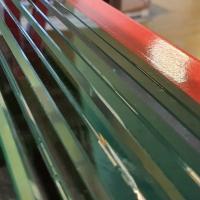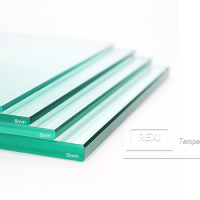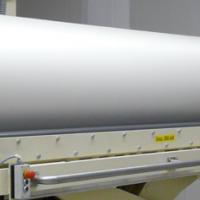The online stress calculation solution uses measured process data to calculate temperature and stress distribution in the quenching part of the tempering process.
The glass temperature after the furnace is taken as the initial temperature. Then, the cooling pressure and other chiller measured values are used to calculate the glass temperature and stress distribution and represent these in a physical model. The results allow estimating the stress level of each glass.
Knowing the stress level is important for monitoring the glass quality for safety. It also allows taking effective actions immediately if any variations on the end product stress level are detected.
Stress calculation is part of Glaston’s continuous development work of increasing the level of automation toward fully automated solutions.
Stay tuned for the next episode, where we will be talking about how convection system Vortex Pro makes mixed production effortless and efficient.




























Comments
In order to calculate the glass temperature and stress distribution and represent these in a physical model, the cooling pressure and other chiller observed parameters are used.
The online stress calculation solution discussed in the second episode of #AskGlaston Flat Tempering Series offers a new way to estimate the stress level in glass during the tempering process. By using measured process data, such as temperature and cooling pressure, the solution calculates the temperature and stress distribution in the quenching part of the tempering process.
This information is crucial for monitoring glass quality and ensuring safety. By estimating the stress level of each glass, potential variations or deviations can be detected promptly, allowing for immediate action to be taken to address any issues.
Glaston's stress calculation is part of their ongoing efforts to enhance automation in glass tempering, moving towards fully automated solutions. This development aims to increase efficiency and effectiveness in glass production.
In the next episode, Glaston will discuss the benefits and features of the convection system Vortex Pro, which streamlines mixed production and improves overall efficiency. trash removal Wesley Chapel